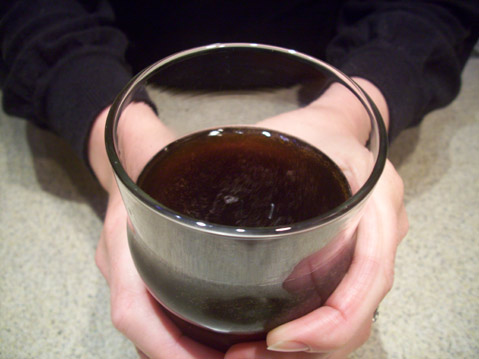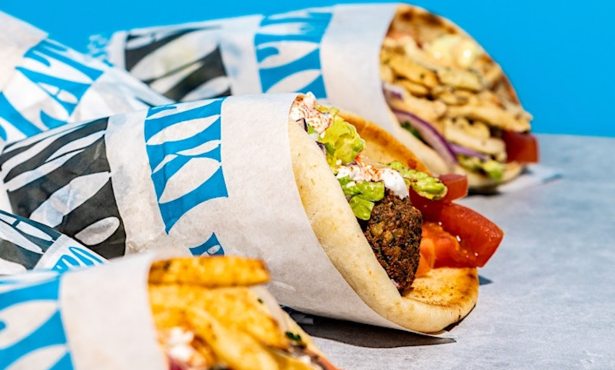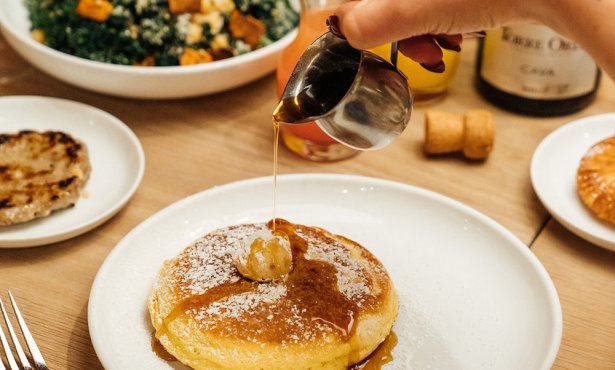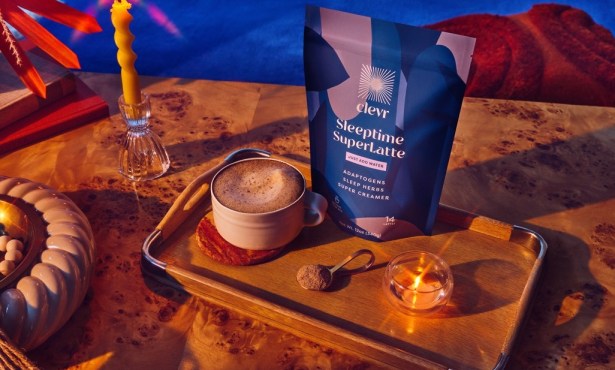D(rinking)-Day
The Brewer Assesses Her First Concoction

It was impossible to wait a single day over two weeks to taste the results of the past month’s efforts at homebrewing my first batch of beer. So when the business end of that highly anticipated Tuesday came to a close, I put opener to cap and poured one out, brimming with nerves.
The first bottle I tasted was very disappointing — a bit like I’d stirred up some Brown Ale-flavored powder into water. Where was that beloved rush of bubbles that makes a beer so refreshing?
Yet, on opening second bottle, a delightful “pfffft” relieved my fear. It was not nearly as sparkly as I desired, but I realized that there’s really no place for anything but relaxation when it comes to homebrew. I’m no Barbara Groom — my business success does not depend on the amount of bubbles in my beer. Not yet anyway …
Ira Glass of This American Life explains that those who pursue creative work often have good taste, but the gap between their expectations of their own work and the quality of their first fruits is very disappointing and causes many people to quit. “It is only by going through a volume of work that you will close that gap,” he says, “and your work will be as good as your ambitions.”
Encouraged by this idea, I ordered a second batch of ingredients, this time for an Extra Pale Ale, and decided to wait until my first day of brewing the XPA to re-taste the Nut Brown. In the meantime, I subscribed to a homebrewing podcast called “Basic Brewing Radio” and learned that the longer a homebrew has to bottle-ferment, the tastier — and more carbonated — it becomes. That’s kind of an intuitive idea on the tasty tip, but I wasn’t aware that carbonation could become better. Sure enough, as I swabbed the decks to prepare for brewing, I poured my Nut Brown to a thick head, miniature bubbles clutching at the sides of the glass.
The XPA brew-day went so smoothly that the time from commencing cleaning and sanitizing to chilling wort was about two-and-a-half hours. At the three-hour mark, I myself was chilling with silver noodles in front of Hellraiser, enjoying a glass of my first homebrew while my second batch began its fermentation in my hall closet. I was ready to unleash my Nut Brown on friends and family.
This time when I brewed the XPA, there was no boil-over because I lowered the flame slightly before tossing the hops into the cauldron. I tried something new with the dried yeast and, instead of preparing it the way I did last time, followed directions to sprinkle it on top. This makes me slightly apprehensive, but it’s what the instructions said to do. With my new, intact hydrometer, I recorded the readings into a brewer’s journal, what experienced zymurgists have told me is a must-have. This recipe calls for secondary fermentation in a glass carboy, an extra step that I had been planning to take anyway after only using the primary on the Nut Brown. This ferment should be much longer than the last one, and after seeing how much the Brown improved after just an extra week, I don’t mind a bit.
My newest goal is brewing beyond the box-cake. This next step will require extra work and potentially new equipment. I’d like to try to obtain ingredients and recipes that I’ve found on my own and aren’t compiled by someone else. I’d also like to try using wet yeast next time. This next permutation of crafting beer, most likely, will benefit from me chatting up other homebrewers about their techniques and experiences.
Here’s my arm. Twist it.
This December, The Santa Barbara Independent is hosting a Holiday Homebrew Hoedown and calling on all homebrewers to submit their best rendition of a holiday ale. To enter, email your name, brewing background, and description of the holiday ale-to-be to food@independent.com today!



